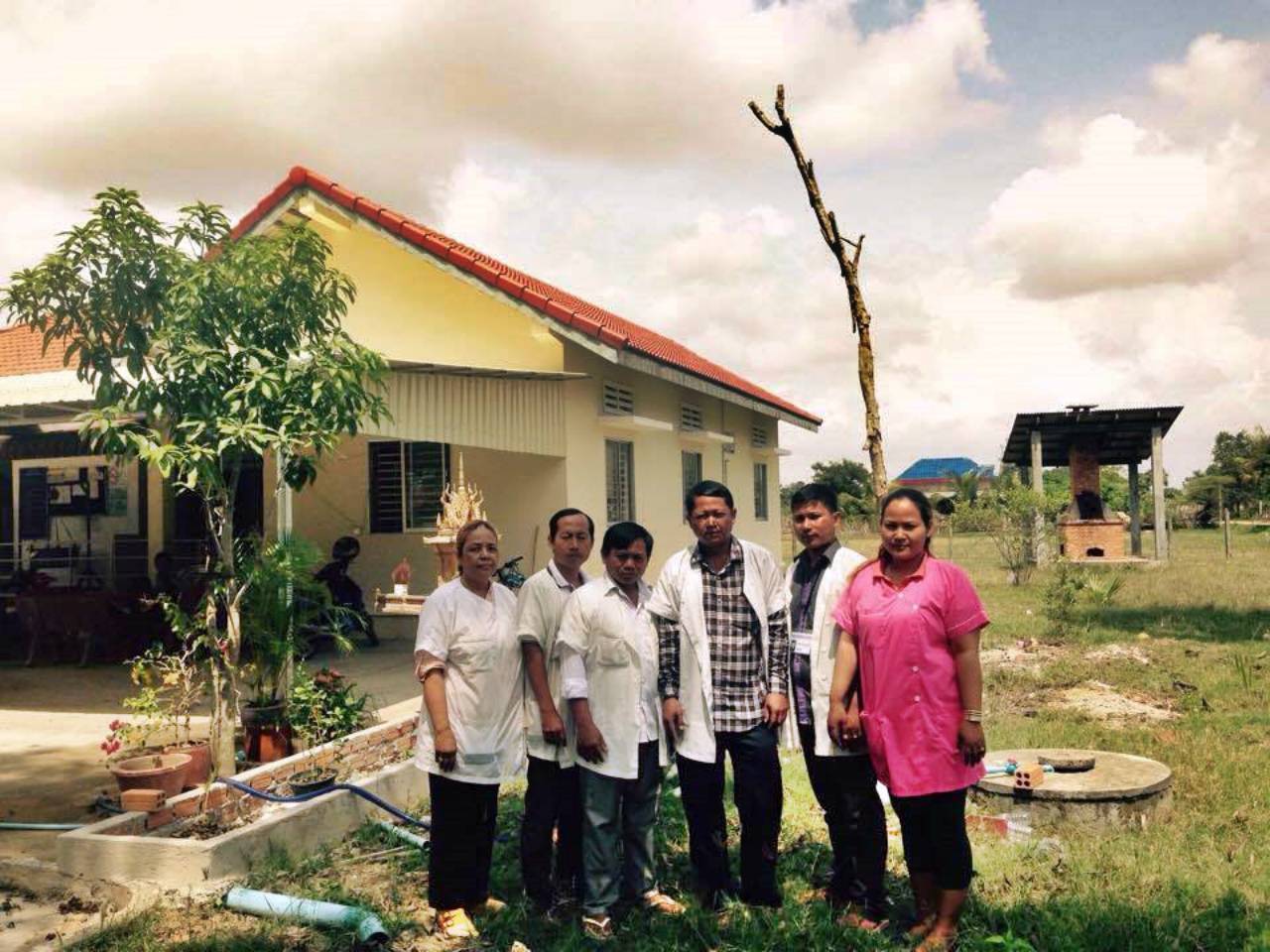Tram Kak: Immersing In Rural Charms And Natural Beauty
Have you ever heard of the Tram Kak District Water Project in Cambodia? It's an incredible initiative that is bringing clean water to communities in need. I recently came across a photo of the project and was intrigued to learn more, so I did some research to understand the impact it's having on the region.

The project is run by a non-profit organization called Water Charity. It focuses on bringing water to communities in Cambodia that don't have access to clean drinking water. The Tram Kak District in particular has long suffered from water scarcity and water-borne illnesses, making it a prime location for the project.
The Water Charity team works to provide the region with clean, sustainable sources of water. They've built a number of wells and reservoirs, and have also implemented new irrigation systems for crops. This not only provides communities with access to drinking water, but also helps to support the local economy.
One of the key aspects of the project is community involvement. Water Charity works closely with local leaders and residents to ensure that the solutions they implement are sustainable and effective. They also provide education on proper sanitation and hygiene practices to help prevent illnesses.
Since the project began, there has been a noticeable improvement in the health and well-being of the communities it serves. There have been fewer cases of water-borne illnesses, and more children are able to attend school regularly, as they no longer have to spend hours a day fetching water.
But the Tram Kak District Water Project is just one example of the incredible work being done in Cambodia to improve the lives of its residents. Let's take a look at some of the demographics and culture of the region.
Demographics and Culture
Tram Kak District is located in the Takeo Province of Cambodia. It has a population of around 40,000 people, most of whom are engaged in agriculture. The region is known for its rice paddies, fruit orchards, and vegetable farms.
Cambodia has a rich history and culture, and Tram Kak District is no exception. The area is home to a number of ancient temples and ruins, including the Angkor Wat temple complex, which is a UNESCO World Heritage Site. The region's traditional music and dance are also renowned throughout Cambodia.
Despite the challenges faced by Tram Kak and other rural regions in Cambodia, the people are known for their resilience and community spirit. They are often described as friendly and welcoming to visitors, making it a popular destination for tourists.
Tourist Destinations
If you're planning a trip to Cambodia, there are plenty of places to visit in Tram Kak and beyond. As mentioned, the Angkor Wat temples should be at the top of your list. They are one of the most impressive archaeological sites in the world, featuring stunning architecture and intricate carvings.
Another popular destination is the Tonle Sap Lake, which is the largest freshwater lake in Southeast Asia. It's home to a number of floating villages, where residents live in stilt houses above the water. Visitors can take boat tours of the lake and learn about the local way of life.
For those interested in learning about Cambodia's recent history, a visit to the Tuol Sleng Genocide Museum is a must. It was once a high school but was converted into a prison during the Khmer Rouge regime. Today, it serves as a reminder of the atrocities committed during that time and the importance of human rights.
Shopping and Culinary
Cambodian food is known for its bold flavors and creative use of spices and herbs. Some of the most popular dishes include amok, a fish curry cooked in banana leaves, and lok lak, a stir-fry made with beef and vegetables.
Shopping in Cambodia is also a unique experience. Visitors can find everything from traditional silk scarves to hand-carved wooden statues. Some of the most popular markets include the Phsar Thmei Central Market in Phnom Penh and the Night Market in Siem Reap.
Tips
If you're planning a trip to Cambodia, there are a few things to keep in mind. First, make sure you have all the necessary vaccinations and medications, as some areas of the country are at risk of mosquito-borne illnesses.
It's also important to respect local customs and traditions. Dress modestly when visiting temples and other religious sites, and remove your shoes before entering.
Finally, be mindful of the impact your visit may have on local communities. Support responsible tourism by staying in locally-owned accommodations, eating at locally-owned restaurants, and purchasing goods from local markets.
FAQ
Q: Is it safe to travel to Cambodia?
A: Like any destination, it's important to take precautions when traveling in Cambodia. Be aware of your surroundings, especially in crowded areas, and avoid traveling alone at night.
Q: Do I need a visa to visit Cambodia?
A: Yes, visitors to Cambodia need a valid passport and visa. Visas can be obtained on arrival at the airport or at the border crossing for a fee.
Q: What is the currency used in Cambodia?
A: The currency used in Cambodia is the Cambodian riel, but US dollars are also widely accepted.
Overall, Cambodia and the Tram Kak District Water Project are shining examples of resilience and progress in the face of adversity. I hope this glimpse into the region and its initiatives has inspired you to learn more and consider a visit in the future.




Post a Comment for "Tram Kak: Immersing In Rural Charms And Natural Beauty"